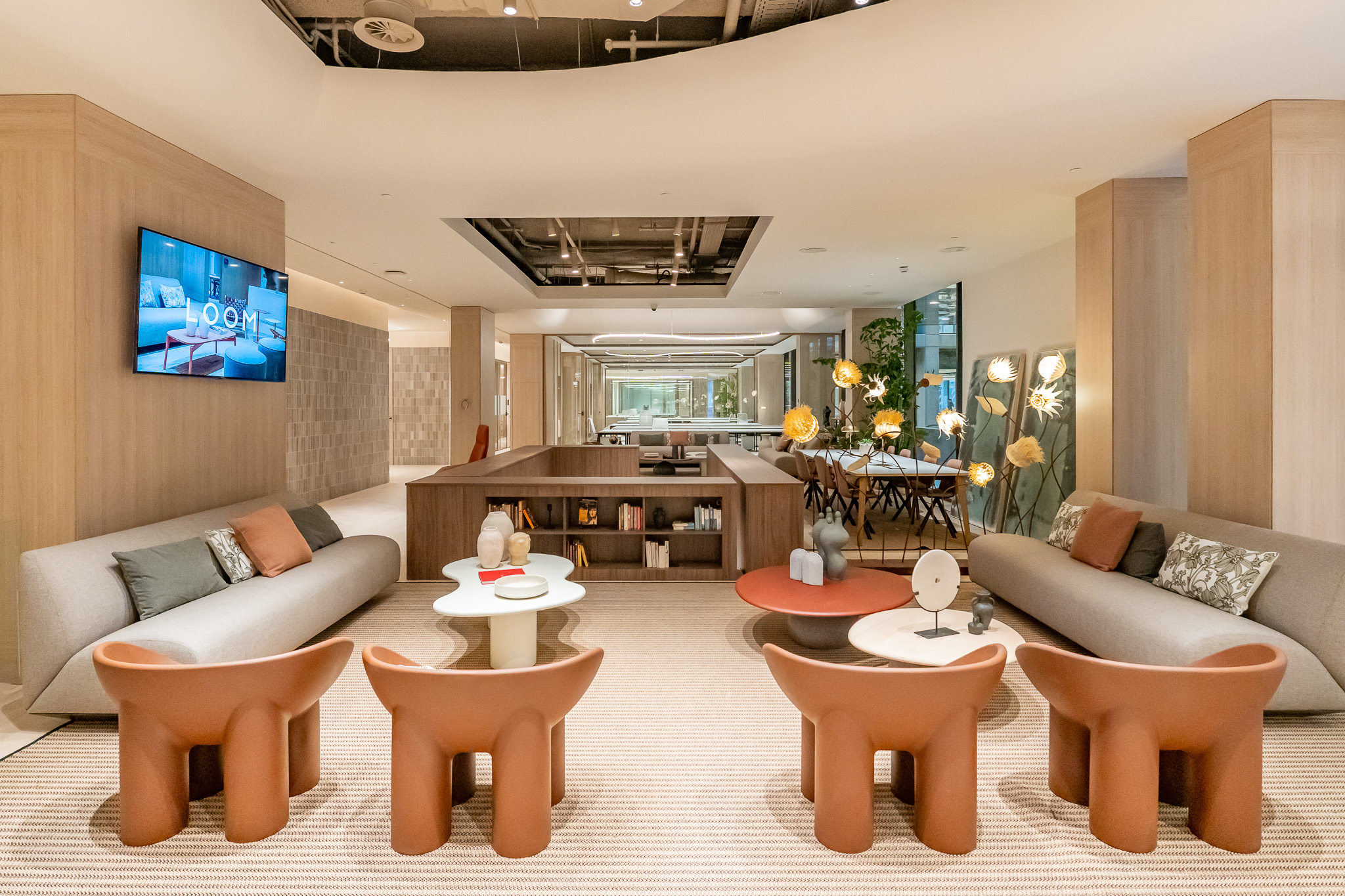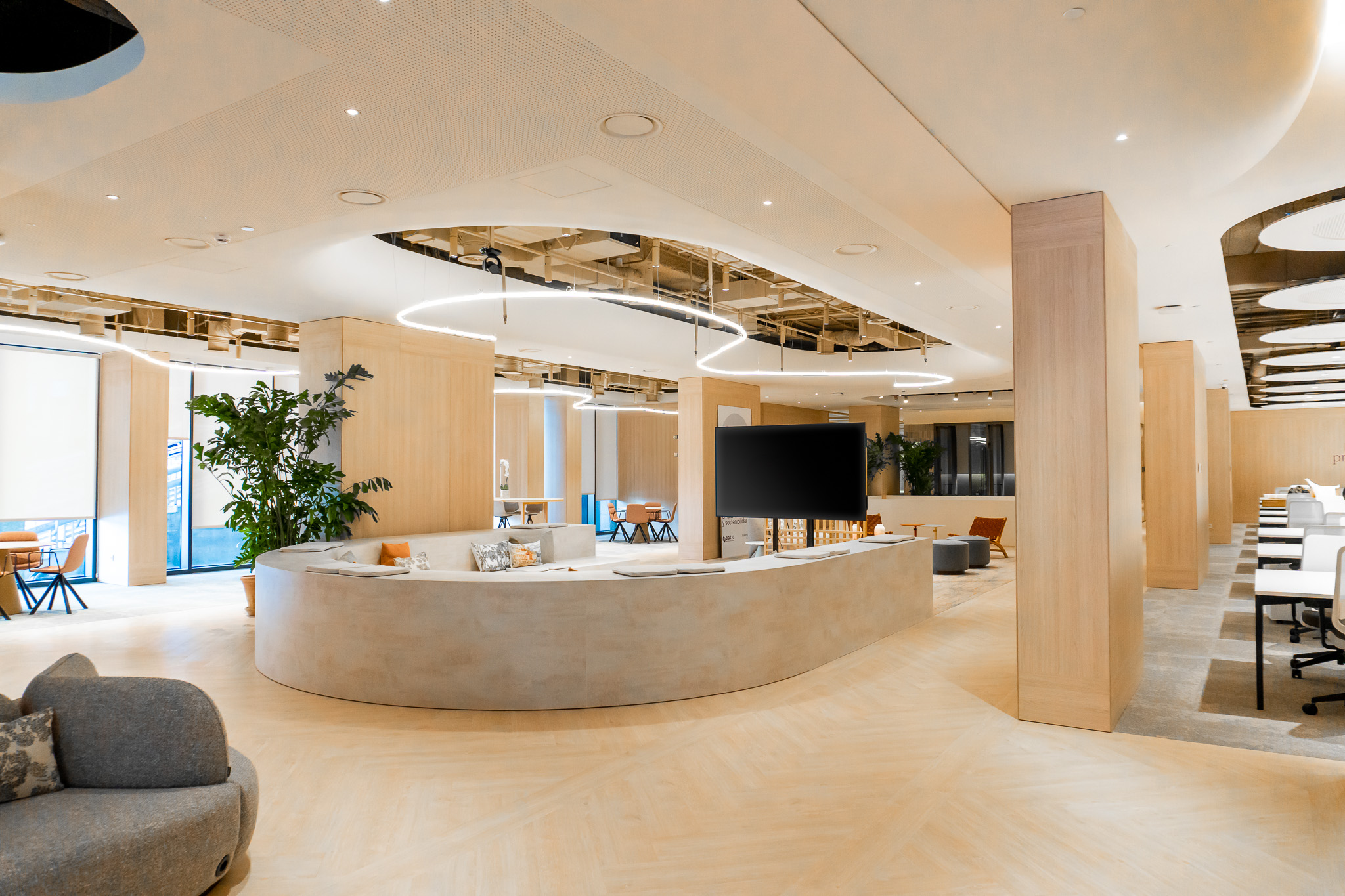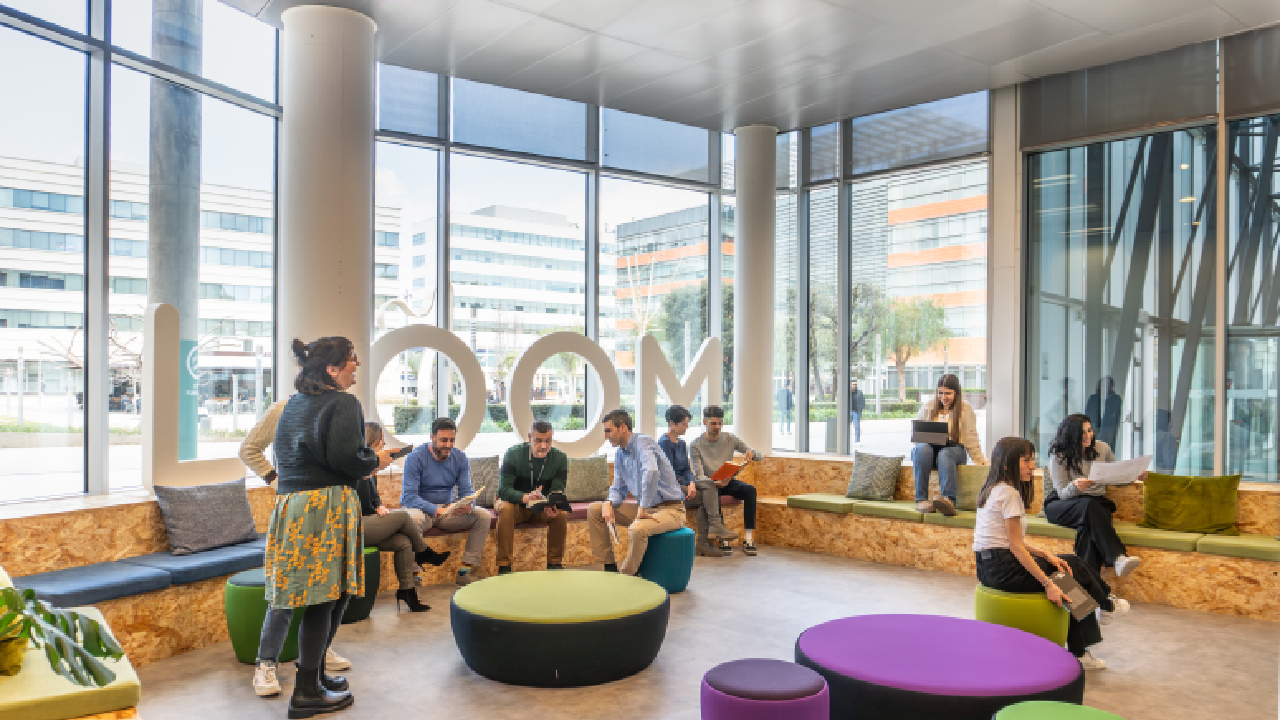We tell you how to have effective and purposeful meetings.
In this past year, which has brought us so many lessons, remote work (if we can call it that, and not remote survival) has gained prominence, and, although the future will not be 100% remote, the hybrid work format seems to be here to stay
We spoke with Rafael Puerto, founder of Rebel Talent to get his point of view and tell us about his experiences with companies that have consulted him on the need for meetings and how to make them effective.
Rafa tells us that one of the most recurring issues he has dealt with has been the number of meetings, one after another, that take place on a daily basis and that practically do not allow people to do their work without doing anything other than being in a meeting.
This makes us wonder if they are really productive and interesting or if there are other alternatives or methods to eliminate this virtual fatigue we are experiencing.

What is an effective business meeting?
The most effective business meeting is the one you don’t have. That is, having the ability to distinguish when and why we should meet, or when a well-written e-mail is enough. This reflection is vital in this new environment of breakneck speed, where, in addition, there is the connotation that remote work gives to our new reality.
An effective work meeting is the one that has a purpose, a series of clear objectives to achieve, a plan to reach them during the meeting, where all the necessary people are present to be able to deal with that topic, or make the decision, and a start and end time, where it is respected, and the objectives for which we met are achieved.
What tools or methodologies should be applied to make a meeting effective?
The best tool is not to forget that we are people, and that, in order to get our best version, we need to take into account that we need some time to center ourselves, to take focus, both with the people we are with, and with the task we came to perform. In addition, remember that the most common method used to conduct a meeting is one person talking, and the rest listening (ppt, results, etc), is the least attractive format for our brain, and the one that less retains.
If we include the variable of remote meetings, we must be aware of the time, it must be less, and, therefore, the key is not to meet to present an info that could have been sent, for example, in a video. Engraving in our minds that we do not meet to present information, but to build, co-create, design, debate, clarify doubts, etc., is the first step to be able to think about having effective meetings.
Knowing how to design a good meeting (PRE meeting phase), making a good facilitation of the meeting (DURING the meeting phase), and making a good follow-up of the results, and the acquired commitments (POST meeting phase), are the 3 most important keys.
Finally, a point that demonstrates a high level of meeting management is to create a quick consensus on what is known as working agreements. That is, to be able to establish with those present, how we want to work together during the meeting, what things are important to them, and agree among all, and respect it. This avoids many misunderstandings, makes people feel listened to, and helps the meeting to run smoothly.
How should a meeting begin?
A meeting should start with some activity that allows us to connect with our colleagues. A highly recommended practice is to do something that allows everyone to speak, to say something. Studies have shown that if someone speaks at the beginning of a meeting, they will speak again throughout the meeting. If we make this happen, and people talk, we will be closer to their participation, since it is not the same thing for people to talk in a meeting as for people to participate.
Briefly going over the agenda for the day, as well as the objectives we have for the day, helps people to know what they have come for, gives them certainty and security, which helps our brain to be less stressed, and, therefore, work better, collaborate better, and we are in a position to get the best out of everyone present.
What different roles should be involved in a meeting?
This is a very important point, and one that many people overlook. It is more than interesting to have a meeting facilitator. Someone who is in charge of taking care of the process, that the work agreements are respected, times, that there are no “hidden agendas”, or outbursts of tone.
A person who keeps an eye on time, another person responsible for taking notes on the progress of the meeting, are the most important roles to be taken care of in any meeting.
What are meetings going to be like in 2021?
They are going to be abundant, where decision making will reign in environments of high uncertainty, so learning to meet in an efficient, human and inclusive way, will make us able to have the intelligence of all team members that, in the times we live in, we are going to need it.
“Meet less, with a clear plan to achieve the goals you seek, with the right people, with time to prepare, and the right information, will make your life much easier. If you don’t have this, CANCEL”
Discover LOOM Meetings, the bonus of hours in meeting rooms with which you can have productive meetings, in unique spaces fully equipped.









